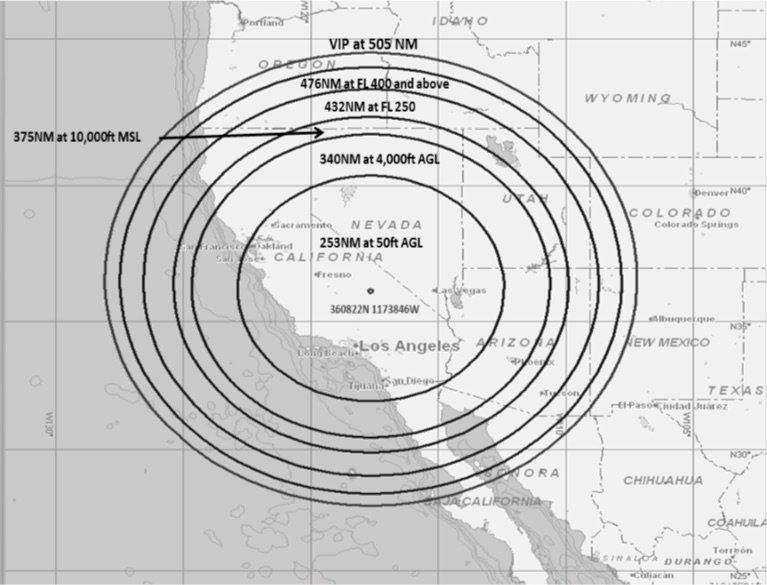
Portable ADS-B receivers like Sentry are must-have devices for many pilots, delivering subscription-free weather that helps make better in-flight decisions. Beyond datalink weather, many pilots have also discovered the value of having a portable ADS-B receiver as a backup. If you suffer a serious electrical system problem, an iPad and an ADS-B receiver can provide excellent backup situational awareness, including GPS moving map, backup attitude, traffic alerts, and weather.
There’s another level of redundancy that most pilots don’t consider, though: GPS failure. With receivers built into everything from smartphones to GoPros, the GPS constellation of satellites really does drive modern life, but it’s not immune to failure or even intentional jamming. GPS outages appear from time to time in NOTAMs, and these should be taken seriously. Even the most sophisticated glass cockpit isn’t worth much without GPS.
Sentry in particular uses a variety of hardware and software features to protect against GPS outages, jamming, and spoofing. For a start, it can receive signals from both the US’s GPS satellites and also the Russian GLONASS constellation (most panel-mount systems only use the GPS signals). These operate on different frequencies, which makes this a robust backup. There are two other satellite navigation systems in use around the world, but ForeFlight says, “Although the hardware can potentially receive the European Union Galileo network and China’s BeiDou system, that capability is not presently programmed into the firmware.”
Using these multiple constellations, Sentry can essentially compare the position calculated by both sources and detect any anomalies. So if one constellation has an outage or is being jammed by a nefarious actor, it can throw that constellation out and fall back to the secondary system. Sentry also has an algorithm to detect spoofing attempts, and will ignore this bad data. This type of attack is relatively rare, but has been an area of growing concern recently.
While not directly related to redundancy, it’s worth pointing out that Sentry (as well as Stratus and most other portable receivers) can receive WAAS correction signals, which help to provide a much more accurate position. This does not allow pilot to fly a WAAS approach with a portable receiver—this requires a certified, panel-mounted GPS—but it does offer the level of precision needed for valuable terrain alerts and runway length calculations. In our experience, most ADS-B receivers deliver better than 1 meter accuracy.
The video below is a great example of how this level of redundancy can come in handy. In this case, the Garmin glass panel on a TBM 900 reverted to dead reckoning mode due to a GPS outage in the Southwest US. Sentry, on the other hand, kept on navigating:
The post GPS outages—how ADS-B receivers can protect against jamming appeared first on iPad Pilot News.
Source: Ipad appsGPS outages—how ADS-B receivers can protect against jamming
